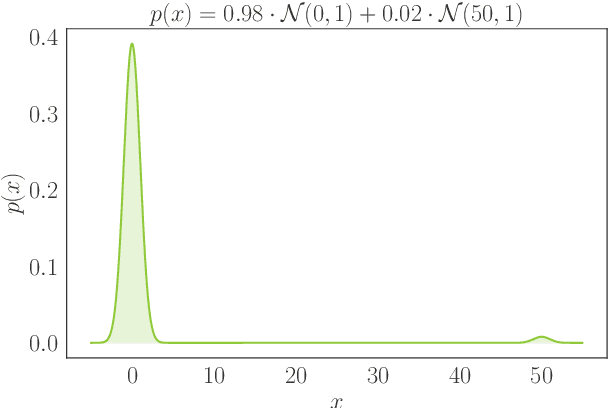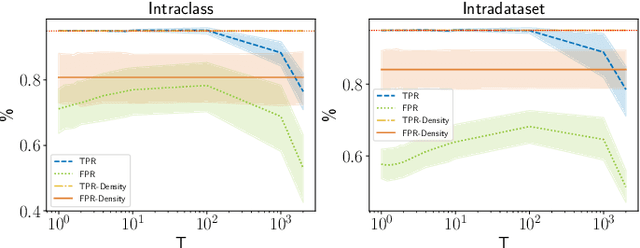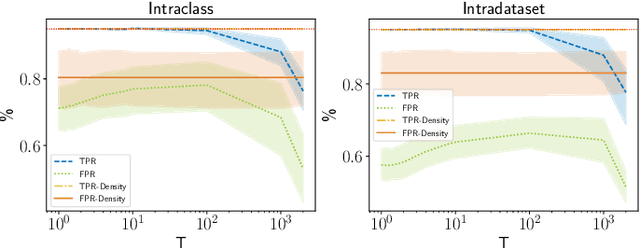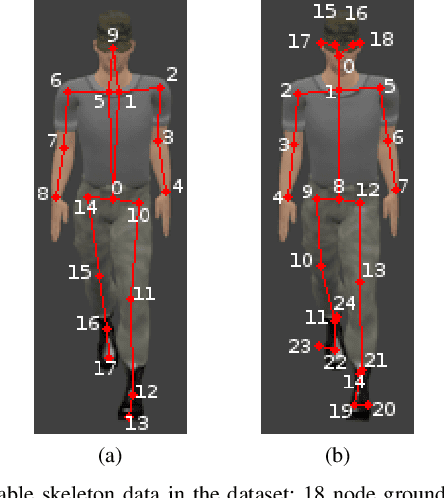Image-based OoD-Detector Principles on Graph-based Input Data in Human Action Recognition
Paper and Code
Mar 03, 2020



Living in a complex world like ours makes it unacceptable that a practical implementation of a machine learning system assumes a closed world. Therefore, it is necessary for such a learning-based system in a real world environment, to be aware of its own capabilities and limits and to be able to distinguish between confident and unconfident results of the inference, especially if the sample cannot be explained by the underlying distribution. This knowledge is particularly essential in safety-critical environments and tasks e.g. self-driving cars or medical applications. Towards this end, we transfer image-based Out-of-Distribution (OoD)-methods to graph-based data and show the applicability in action recognition. The contribution of this work is (i) the examination of the portability of recent image-based OoD-detectors for graph-based input data, (ii) a Metric Learning-based approach to detect OoD-samples, and (iii) the introduction of a novel semi-synthetic action recognition dataset. The evaluation shows that image-based OoD-methods can be applied to graph-based data. Additionally, there is a gap between the performance on intraclass and intradataset results. First methods as the examined baseline or ODIN provide reasonable results. More sophisticated network architectures - in contrast to their image-based application - were surpassed in the intradataset comparison and even lead to less classification accuracy.
 Add to Chrome
Add to Chrome Add to Firefox
Add to Firefox Add to Edge
Add to Edge